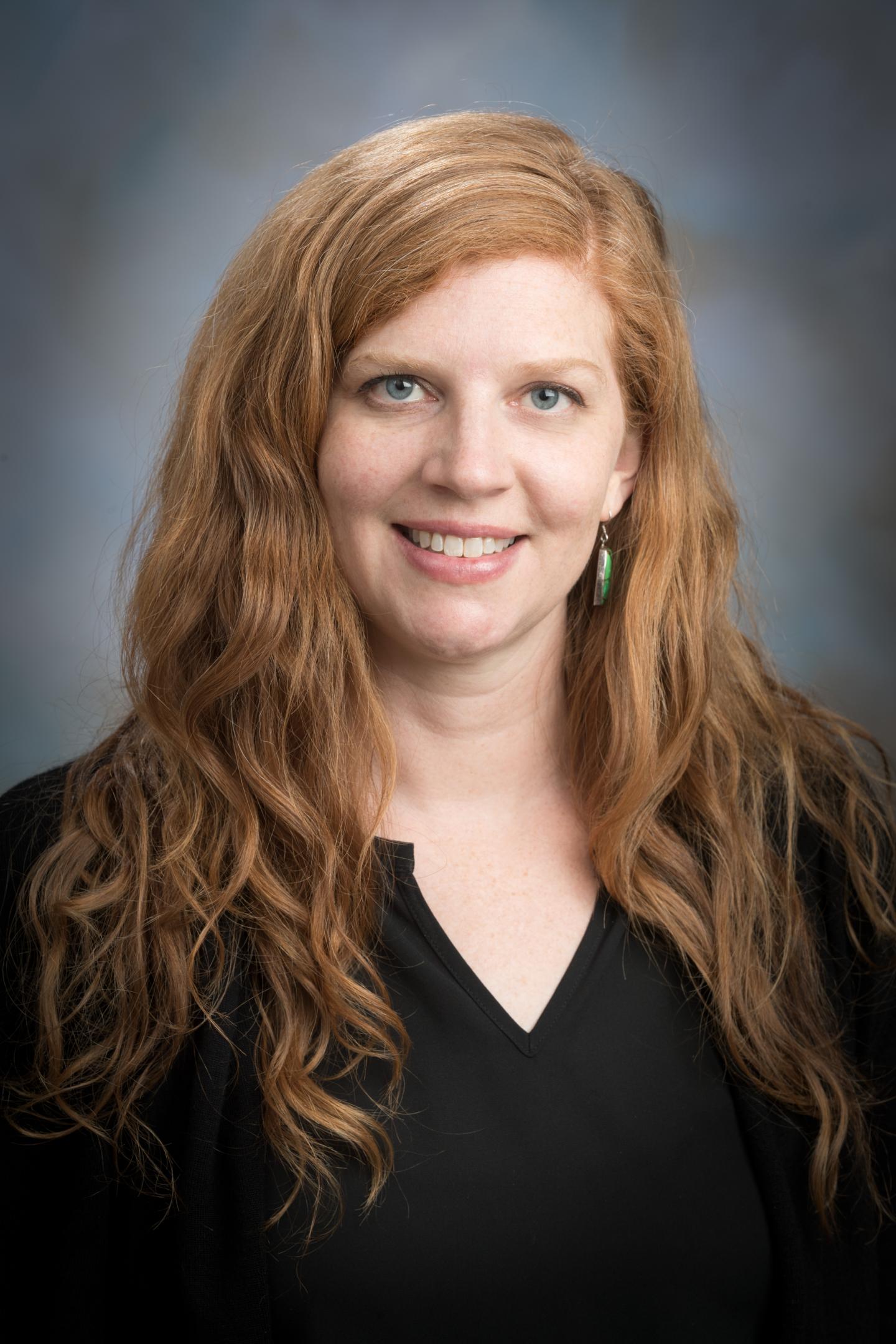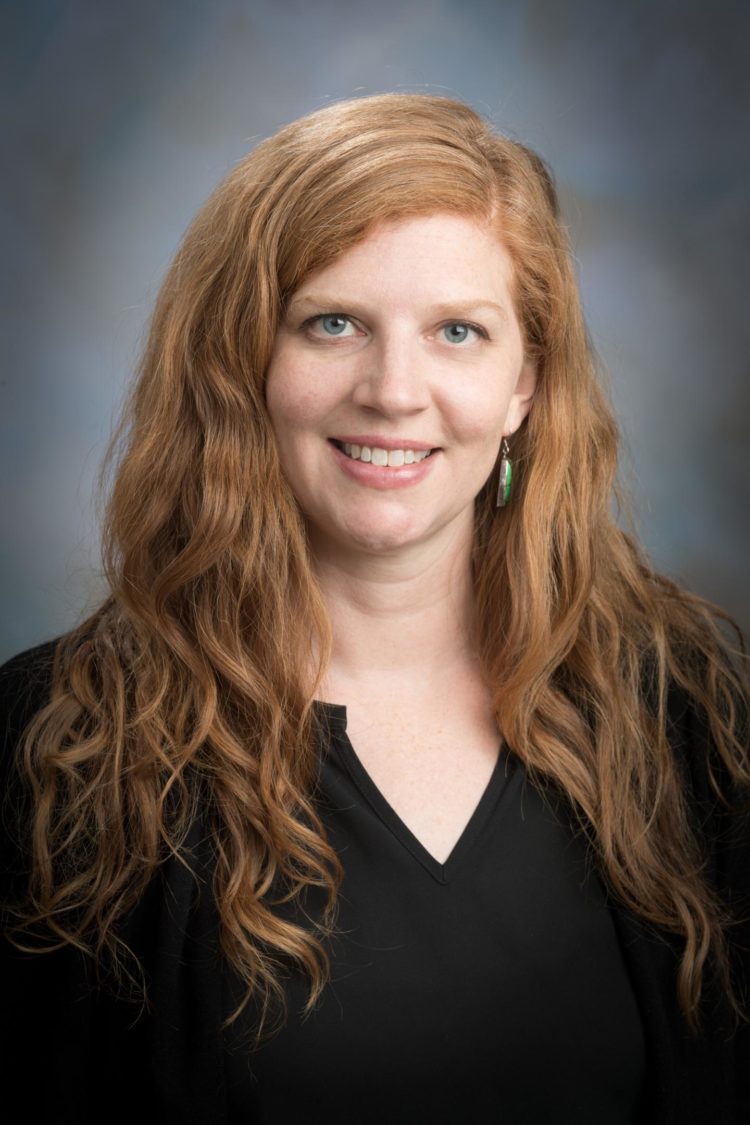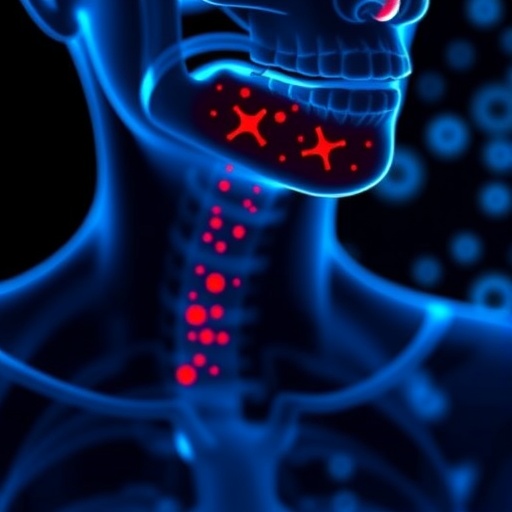$1.2 million from National Institutes of Justice to fund the work

Credit: Colorado State University
It’s one of the most salient questions in any death investigation, and one of the first asked by both law enforcement and loved ones: Not just how, but when did a person die?
Those tasked with finding out look for clues: Is the body in rigor mortis? Is it in an early state of decay? But for bodies discovered after a certain period of time, past a certain point of decomposition – sometimes just days – those clues can disappear without a trace, and law enforcement and loved ones are left without answers.
According to researchers at Colorado State University, other clues do exist. They come in the form of microbes – invisible bacteria and fungi that emerge like the Grim Reaper as soon as someone dies. Across many mammalian species, including humans, the appearance and succession of these microbes is predictable, acting like a kind of stopwatch that starts ticking when death occurs. Such microorganisms could hold the key to better science for estimating time since death, what forensic scientists call the “postmortem interval.”
For the past several years, CSU Associate Professor of Animal Sciences Jessica Metcalf has been studying these remarkably predictable postmortem microbial communities. Supported by several million dollars in research funding from the National Institutes of Justice, Metcalf and a team of longtime collaborators, including Rob Knight of UC San Diego; Sibyl Bucheli and Aaron Lynne of Sam Houston State University; and David O. Carter of Chaminade University, published in Science in 2016 that cadaver-associated microbes provide an accurate clock that starts at death.
This “clock,” they wrote, relies on ecological changes in microbial communities that inhabit a body and its surroundings. They demonstrated that over the first 21 days of decomposition, the postmortem interval of human remains can be estimated to within about three days. They did it using state-of-the-art, high-throughput sequencing of microbial genomes, combined with machine learning regression tools.
Now, Metcalf has been given the green light to continue this line of research, with $1.2 million in additional support from the National Institutes of Justice.
Metcalf is lead investigator on a new $390,000 grant to push past the first 21 days of decomposition for estimating time since death, turning now to older, human skeletal remains and using similar rapid microbiome tools employed in previous experiments. She and colleagues from Sam Houston State will sample rib bones every seven days during advanced decay, estimating the postmortem interval over about one year.
The work will build on a pilot study led by Metcalf’s Ph.D. student, Heather Deel, who found that she could estimate the postmortem interval to within about 36 days over nine months using only microbes in rib bones. The follow-up study will increase sampling frequency and try to narrow that window of error. Among the goals will be to determine whether a microbial clock trained on a human rib bone can be generalized to other bones, which may be more accessible and practical at death scenes.
“Bone is of interest because it is invaded much more slowly by microbes than the skin or tissue of a cadaver,” Metcalf said. “So, there’s potential that it could be used to estimate the postmortem interval for longer periods of time, possibly weeks to months.”
The National Institutes of Justice simultaneously awarded the team $808,000 to investigate the postmortem interval using cadavers that have decomposed indoors, rather than outdoors as in previous experiments. The research, led by collaborators at Sam Houston State and co-led by Metcalf, will be the team’s first foray into indoor microbial environments that contribute to decomposition.
Metcalf, an expert in microbiome science, vertebrate evolution and ancient DNA, has long been fascinated by microbial decomposition processes; she first got hooked when studying such processes in ancient human fecal samples while a postdoctoral researcher. Her interests spread to the idea of helping law enforcement with postmortem intervals, made possible by advanced microbiome characterization techniques.
“That’s how I got interested generally in vertebrate decomposition, and how my work became linked to forensics,” she said. “It’s not just because I’m weird.”
Since she started down that path, she has become increasingly involved in making her research more accessible and practical for law enforcement and forensic science. Earlier this year, Metcalf organized a stakeholder meeting discussing microbial postmortem interval science for the American Academy of Forensic Sciences.
The newly funded experiments will take place at the Sam Houston State Applied Anatomical Research Center, one of several such facilities across the nation that collect donated cadavers for scientific research. Metcalf’s CSU team will include two scientists, Deel and Alex Emmons, to carry out the experiments, both of whom have extensive experience in sampling human remains.
Deel, a cell and molecular biology graduate student, worked as an undergraduate at Sam Houston State on postmortem interval studies.
“When I saw how fast these tiny microbes could decompose a human body, I became fascinated to see what these communities were doing and how they were doing it,” she said.
Emmons, who joined Metcalf’s lab earlier this year, is a postdoctoral researcher with an anthropology degree from University of Tennessee Knoxville, which also has an anthropological research facility that accepts body donations. There, she conducted forensic experiments for developing DNA sampling strategies in human skeletal remains.
She’s looking forward to applying her experiences to postmortem interval studies.
“We have good models with skin and with surrounding soil, but once you hit bone, it’s hard to get an estimate,” Emmons said.
###
Media Contact
Anne Manning
[email protected]
970-491-7099
Original Source
https:/





